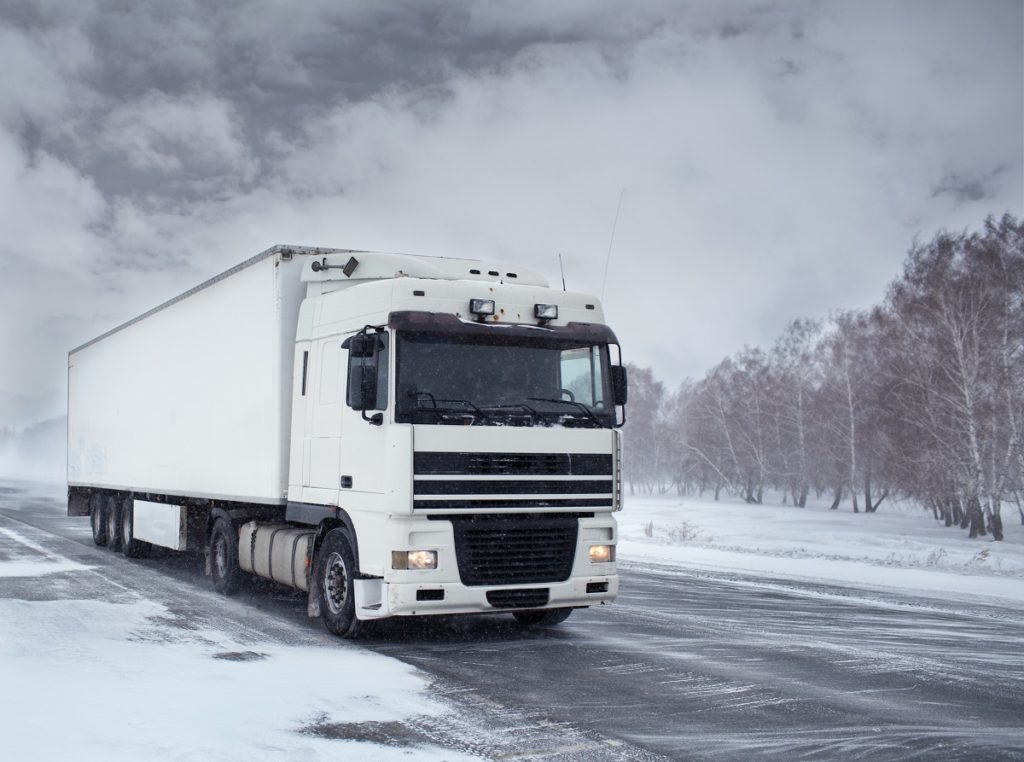Can you imagine what would happen if all the reverse and other logistic services operating in America suddenly stopped delivering all the goods they’re transporting? It would cost the U.S. economy more than $796 billion. That’s more than the GDP of Switzerland, which is the world’s 20th largest economy.
Even unforeseen circumstances, like a flat tire or traffic, would impact this number. One of the things that truck drivers need to be cautious about is driving in extreme weather conditions. Those dollar values are essential, but if you’re careful, you can also save lives on the road.
Before Each Trip
If you own a fleet for reverse logistics, make sure that there’s an inspection protocol in place before each truck goes on the road. Critical parts that you need to check are the brakes, tire (e.g., tread and pressure), fluids, and your exhaust pipes. Prevention, as they say, is better than cure. Worn out tires have no grip on wet roads during a rainy day.
Listen to the Weatherman
Sometimes the best precaution is not to make the trip at all. If weather forecasters report severe weather conditions and you haven’t gotten out of the gate yet, stay.
If you’re already on the road, continue monitoring weather reports so that you can make plans about rerouting or stopping somewhere safe. Install weather apps and other tools on your mobile device. They can help you track weather situations, traffic, or road accidents.

On the Road
Do you remember the rule about the stopping distance between cars? For an average-sized car, it’s one car for every 6.2 mph (10 kph) of speed. If it’s raining hard and visibility is significantly reduced, it’s best to create some additional buffer. Increasing your stopping distance or separation from the vehicle in front of you reduces the risks of accidents.
Be in tune with your driving environment. Leaves soaked in the rain can become problematic for your tire grip. Make sure that you recognize these things as you enter each road. When the road is wet, it’s always best to go under your average cruising speed.
Go easy on your acceleration. Avoid sudden braking and pumping your gas pedal hard. Your wheels might spin out of control.
Recognizing Dangers and Challenges
Driving in winter can be as tough as driving during heavy thunderstorms. Black ice or clear ice might be challenging to see from a truck driver’s vantage point. If you know that the temperature is near zero degrees, watch out. Black ice can cause significant accidents.
The environmental conditions change if you’re traveling on an incline and at high altitudes. The wind is stronger, and temperatures can significantly drop. This can affect your visibility and tire pressure. Stay alert and be extra cautious as you navigate these types of roads.
Finally, the Surface Transportation Assistance Act (STAA) stipulates that if the weather is terrible and poses a danger to you and other civilians, you have the right to refuse to drive. Make sure that you are familiar with the STAA. It’s better to be safe than to be sorry.




